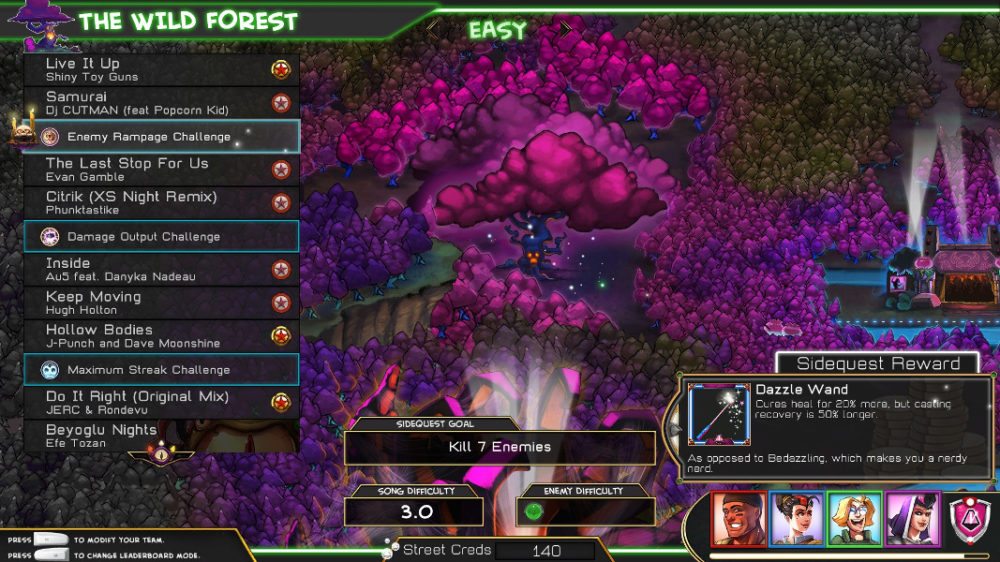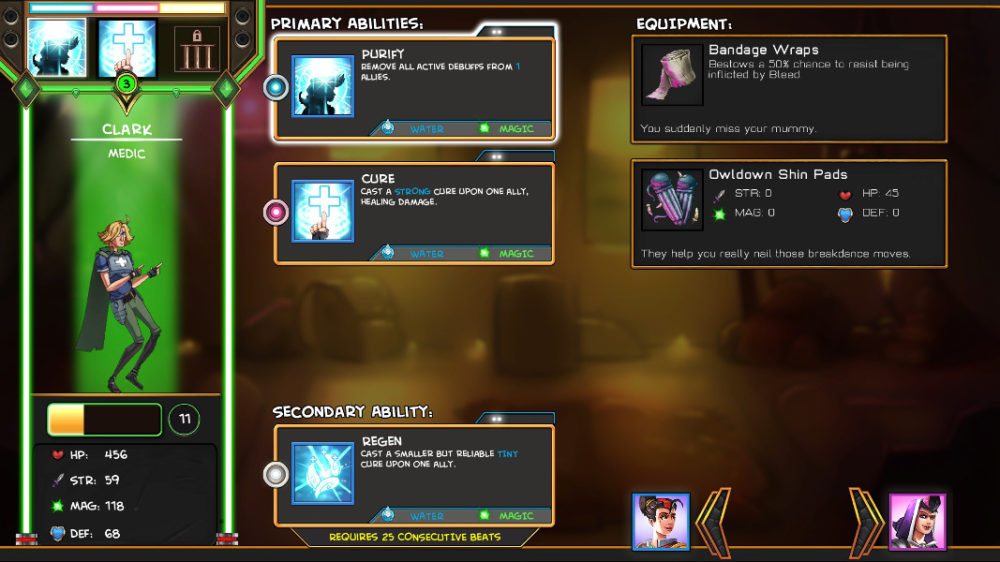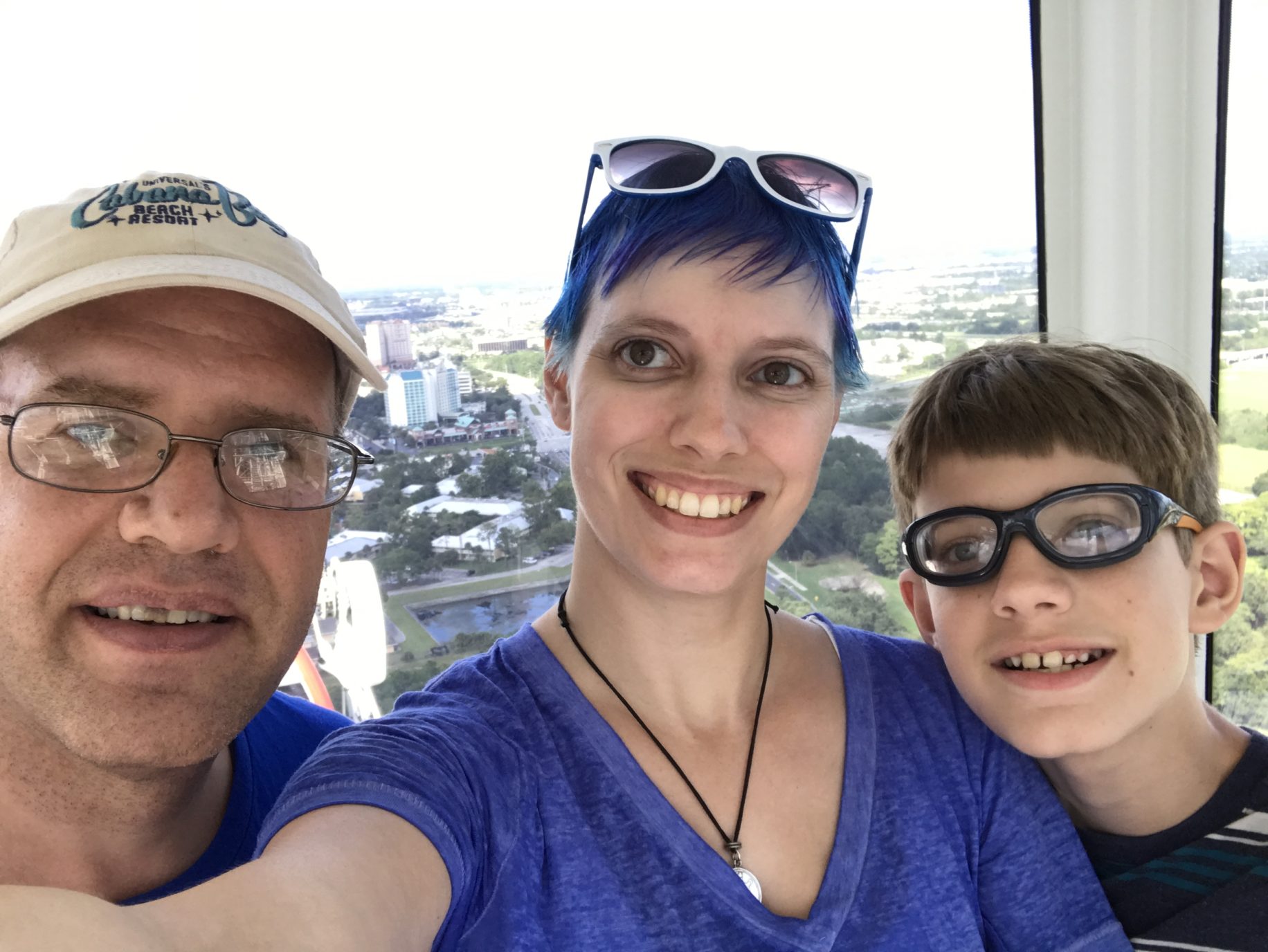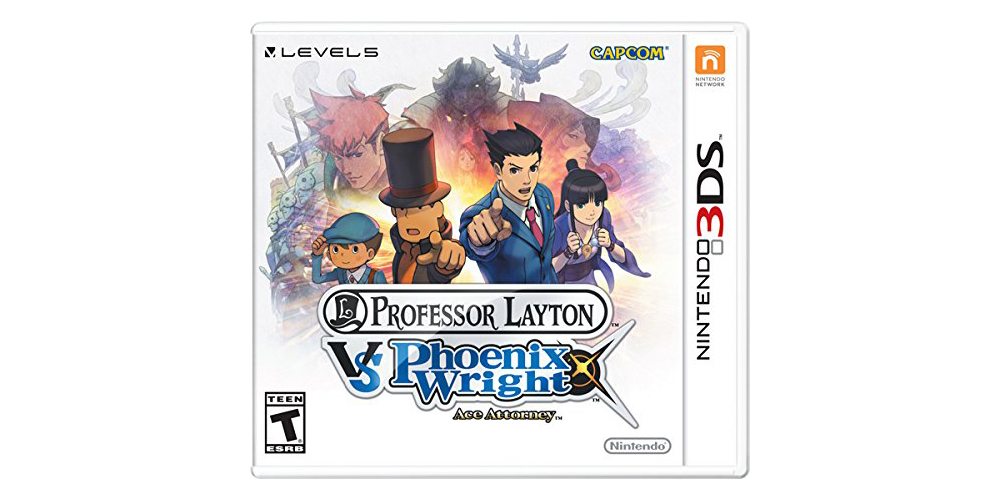
Danny Garfield was working on two problems simultaneously. He wanted to make a streamlined RPG that would capture the story, strategy, and tactics from the Super Nintendo era without the complicated UI, sub-menus, and other drudgery. He described this as an “infinite runner RPG,” that would have the buffs, debuffs, and elemental weaknesses and effects that are iconic of those games. At the same time, he was thinking about how to add strategy and player choice to a rhythm game. He eventually came to the realization that music, with its steady pulse, could be the perfect way to drive a RPG forward. The Metronomicon was born.
I’m a big fan of rhythm games, so I jumped at the chance to sit down with Garfield at PAX West and give The Metronomicon a try. I’ve since spent an unreasonable amount of time watching the game’s trailers just to recapture the feeling, and I’m excited for its 29 September release date (though you can pre-order for a 20% discount on Steam).

The Metronomicon takes place in a fantasy world where mysterious dance parties have been crashing down on the landscape for the last 40 years. Raves appear in forests! Rock shows in haunted castles! When this happens, monsters congregate, dance, and cause mayhem. Schools have been formed to investigate and harness the power of these parties, leading to a world where a great dancer can learn to fling fireballs after attending what Garfield jokingly refers to as “rhythm dance academy.”
The game is structured as five dungeons, strung together with narrative and voice acting, in a jaw-droppingly gorgeous art style. Each dungeon is broken down into wings, with each wing being one of the game’s 50 songs. During combat, a parade of monsters spawn in, one after another, dancing out attacks in real time. If you defeat enough of them during the song, a mini-boss will spawn, providing additional experience and equipment drops and progressing the story.

Your party is shown at the bottom of the screen, with each party member dancing underneath a note highway tied to a different instrument (guitar, bass, drums, etc. based on the instruments in the song). Each highway is then divided into four lanes corresponding to up/down/left/right inputs. Colored timing arrows descend in each of the lanes, with the player having to tap the correct direction as they cross the bottom. If all that sounds confusing, think of it like each party member playing an instrument in Rock Band, with the lane directions corresponding to frets. Fortunately, you only have to focus on one of these highways at a time!
On easy difficulty, the arrows generally land on the quarter notes. However, for higher player difficulty, or more challenging tracks, The Metronomicon will drop in eighth, sixteenth, and “other” notes (such as a 32nd or “rogue 24th.”) To help the player identify the timing that they’re trying to hit, each of these arrows has a corresponding color. You have a lot of choices about how to play; Garfield demoed the game with me using a gamepad, with his left thumb on the d-pad and his right on the A/B/X/Y buttons, using both simultaneously. But if the keyboard is your preference, you can do that as well. Or use a Rock Band guitar. Or even a dance mat, which Garfield told me he tested for every song, on each difficulty level, to ensure every song is physically possible to play! (Check out his dev preview video with a custom dance mat!)
Each character carries three abilities with them into battle, and arming them requires playing notes correctly in a streak. The note highway background is colored to let the player know which ability they’re working on; playing for a longer streak will progress from the first, to the second, and finally the third ability, each being more powerful than the last. Switching to another character fires off the armed ability, be it an attack, heal, or support skill.

The tactical portion of the game is knowing when to switch lanes to use another character. Low on health? Flip over to the white mage and fire off a cure. Enemies stronger than you? Head over to the paladin and cast taunt. Up against a water elemental? Switch to the black mage and cast lighting (water is weak against electricity). Since your abilities come in three tiers, you may need to stay longer on a track to be able to trigger the one you need. But since abilities also have a refractory period, it may be to your advantage to stay with your black mage longer and fire off a tier-3 ability while you wait for your white mage’s heal to reset.
Speaking of which, those abilities aren’t immutable parts of the character. The Metronomicon’s RPG component houses 65 abilities that can be assigned to your characters, and you get to place them in the tier of your choice; so putting a cure in the 3rd tier will give it more of an effect than the first tier, but it will also take longer and be more difficult to cast. With eight character classes to choose from, as well as an array of gear to equip on your party, you have a dizzyingly large set of customization options.

In fact, equipment doesn’t just add health and armor to your characters, but can also affect how the note highway functions. Highly skilled players, who are capable of a very technical rhythm game, can alter the rules to their advantage. Garfield gave me the example of how the druid class can be configured to reduce the ability trigger requirements by one beat if you’re on a sufficiently long streak. But if you prefer, you can equip abilities and items that focus on the traditional RPG experience, boosting stats and resistances.

In essence, you can customize The Metronomicon to be a rhythm game with RPG elements, or as a RPG with rhythm elements. Letting you customize the genre of your game is a ludicrous, insane ambition, and I’m practically frantic to delve deep into these rhythmic dungeons.
You can join me in pre-ordering The Metronomicon on Steam, for PC or Mac, at 20% off; it unlocks on 29 September. I’ll be back to talk about it after its release, or you can hit me up on Twitter if you have any questions.
If you’ve made it this far and are still looking for more, here’s the trailer that originally hooked me. Despite the song’s lyrics, trust me, the future is pretty darn cool.



